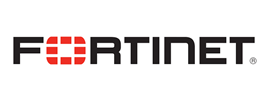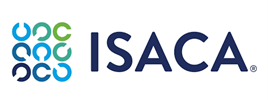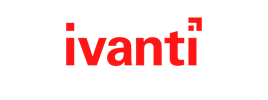- Course overview
- Course details
- Prerequisites
Course overview
About this course
A well-planned, well-managed project provides clarity, reduces risk, controls cost, and delivers value to the business.
In this course, you will learn the fundamentals and best practices of project management through hands-on, real-world exercises. Ensure that you are delivering business value by assessing a project’s business case, identifying stakeholders and their relationship to your project, capturing product requirements, and establishing quality metrics to guide the development of your product and reassess the business case. Define product scope to provide clarity for project delivery and create a work breakdown structure to define project scope for the team. Manage your project within the planned budget and schedule by managing change and identifying and managing risks, assumptions, and constraints. Track the delivery of business value and close projects out cleanly.
By the end of this course, you should have gained a good understanding and experience of the core competencies that make a successful project manager.
Audience Profile
Anyone who is involved in, or affected by, projects or change management within an organization, including project managers, IT project managers, project coordinators, team leaders, product managers, program managers, project team members, subject matter experts, analysts, stakeholders, and senior managers who want to get more out of their project teams. Anyone in a leadership role who will benefit from an introduction to the art and science of project management
At course completion
After completing this course, students will be able to:
- Articulate the relevance of core project management competences.
- Identify key project goals and assumptions and set the stage for value delivery.
- Understand how to identify stakeholders and assess how to engage with them during the project.
- Meet stakeholder informational needs by creating an actionable communication plan.
- Articulate product scope as part of the charter.
- Become familiar with the process of eliciting and capturing requirements.
- Create the WBS and dictionary that would deliver the scope in the project charter.
- Perform a more detailed and systematic assessment of risk.
- Articulate guiding quality characteristics for the project.
- Sequence activities, create schedule, and estimate the cost of the project.
- Manage change in projects.
- Track value delivery in projects.
- Understand the basics of a project retrospective.
Course details
Module 1: Match competence to scenario
Module 2: Evaluate a project business case
Module 3: Identify and assess stakeholders
- Stakeholders
- Resource management
- Teams
Module 4: Develop a communication plan
Module 5: Define product scope
- Project charter
- Product and project scope
Module 6: Decompose product scope into stakeholder requirements
- Requirements
Module 7: Create WBS and dictionary
- Work
- Work breakdown structure
Module 8: Create risk register
- Risk identification and management
Module 9: Establish quality metrics
Module 10: Create an initial schedule and budget
- Effort and duration
- Estimating effort
- Level of accuracy in estimates
- Team-based estimation
- Scheduling
- Estimating cost
Module 11: Review and disposition a change request
- Change management
Module 12: Use metrics to reassess the business case
- Delivering business value
Module 13: Close out a project
Prerequisites
No Prerequisites
Enquiry
Course : Fundamentals of Program Management
Enquiry
request for : Fundamentals of Program Management





















